Addison (Addie) Bouck has joined SageRiver this summer as an intern. A true Renaissance woman, Addie is studying history, philosophy and management consulting at the University of Southern California at Los Angeles. She also enjoys art, volunteering, sports and sailing—and recently returned from a semester in Italy, where she spent some of her time learning about traditional printmaking methods. We sat down with Addie this month to talk about what she’s learned at SageRiver thus far and what drew her to an internship with the firm.
SageRiver (SR): What prompted you to pursue an internship with SageRiver?
 Addie Bouck (AB): I’ve always been interested in consulting. The project-based structure and the problem-solving focus really pulled me into the industry. SageRiver’s size—coupled with its clear focus on strategy—gives me a perfect opportunity to explore the industry while getting hands-on experience. I was also excited to work with this amazing team within a company culture that I find inspiring and enjoyable. The SageRiver culture is one I will look for in future jobs.
Addie Bouck (AB): I’ve always been interested in consulting. The project-based structure and the problem-solving focus really pulled me into the industry. SageRiver’s size—coupled with its clear focus on strategy—gives me a perfect opportunity to explore the industry while getting hands-on experience. I was also excited to work with this amazing team within a company culture that I find inspiring and enjoyable. The SageRiver culture is one I will look for in future jobs.
SR: What will you be focusing on this summer?
AB: As I mentioned, I was really excited about the variety of work that I get to do at SageRiver. Thus far, I have been focusing on marketing strategy and graphic design, researching emerging industry trends (e.g., artificial intelligence and collective impact), supporting client projects and interviewing other industry members to expand my understanding of the range and scope of consulting practices. I’m looking forward to putting together a final presentation summarizing my work from the summer, as well as compiling and synthesizing the research I’ve completed into a final deliverable.
SR: How does this internship relate to what you’re studying in college?
AB: I’m a history major with minors in management consulting and philosophy. Originally, I added consulting to my degree as a sort of “practical application” of the skills I’m gaining in my liberal arts core studies. However, the more I learn about consulting, and the business world in general, the more direct correlations I’m able to find between these fields. For example, storytelling is a fundamental part of historiography, as well as understanding the developments and rationality of many philosophical trends. It is also foundational to developing an actionable strategy for an organization that speaks to the organizational values and mission, while also taking into account its culture and day-to-day operations. I’m really enjoying discovering these similarities, and I’m looking forward to uncovering other connections as I learn more about the industry.
SR: What’s something people might be surprised to learn about you?
AB: I spent a month backpacking in the Talkeetna Mountains in Alaska two summers ago with the National Outdoor Leadership School. It was one of the coolest things I’ve ever had the opportunity to do.
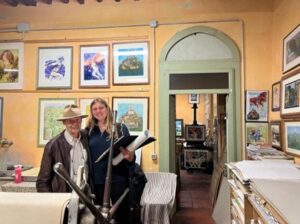 I also spent this past May in Barga, Italy, a small town just north of Lucca. with the wonderful artist Swietlan Nicholas (Nick) Kraczyna (pictured at left). He was my drawing professor during my semester abroad in Florence and is staging an exhibition commemorating the 50 summers he has spent creating art in Barga. He is a printmaker known for his multiplate color etchings, and he needed help producing the etchings for his show. I was lucky enough to learn from him and work in his print shop. It was a dream.
I also spent this past May in Barga, Italy, a small town just north of Lucca. with the wonderful artist Swietlan Nicholas (Nick) Kraczyna (pictured at left). He was my drawing professor during my semester abroad in Florence and is staging an exhibition commemorating the 50 summers he has spent creating art in Barga. He is a printmaker known for his multiplate color etchings, and he needed help producing the etchings for his show. I was lucky enough to learn from him and work in his print shop. It was a dream.
SR: What is your biggest learning at SageRiver so far?
AB: I have come to understand that team dynamics and company culture are even more important than I initially thought. Getting to work with the SageRiver team has been educational, interesting, insightful and straight up fun. I can’t wait to apply all that I have learned, not only to my future career but also to how I orient myself in future teams and communities.


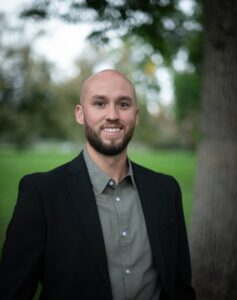 SageRiver (SR): Tell me about the role you have at SageRiver. What is your focus?
SageRiver (SR): Tell me about the role you have at SageRiver. What is your focus? Nancy Lublin has a secret power. A serial entrepreneur, she launched Dress for Success immediately after college. Today, the nonprofit operates in 25 countries, providing professional clothing, coaching and support to more than one million women.
Nancy Lublin has a secret power. A serial entrepreneur, she launched Dress for Success immediately after college. Today, the nonprofit operates in 25 countries, providing professional clothing, coaching and support to more than one million women. We Do It on Principle. Principled organizations have done the hard work of defining their vision, mission, and values, engaging employees in strategy, and instilling professional practices. Along the way, these organizations gather input from partners, vendors, and customers to ensure buy-in and strategic alignment. You know what to expect from these companies because they deliver consistently, time after time.
We Do It on Principle. Principled organizations have done the hard work of defining their vision, mission, and values, engaging employees in strategy, and instilling professional practices. Along the way, these organizations gather input from partners, vendors, and customers to ensure buy-in and strategic alignment. You know what to expect from these companies because they deliver consistently, time after time.
 At SageRiver, we harness the power of mindfulness in team strategy, as well as executive coaching, sessions. We often begin our sessions with a mindfulness exercise to help participants let go of whatever stresses or demands they experienced that day. By grounding them in the moment and encouraging them to observe, welcome and honor thoughts and feelings, we set the tone for the work to come.
At SageRiver, we harness the power of mindfulness in team strategy, as well as executive coaching, sessions. We often begin our sessions with a mindfulness exercise to help participants let go of whatever stresses or demands they experienced that day. By grounding them in the moment and encouraging them to observe, welcome and honor thoughts and feelings, we set the tone for the work to come.
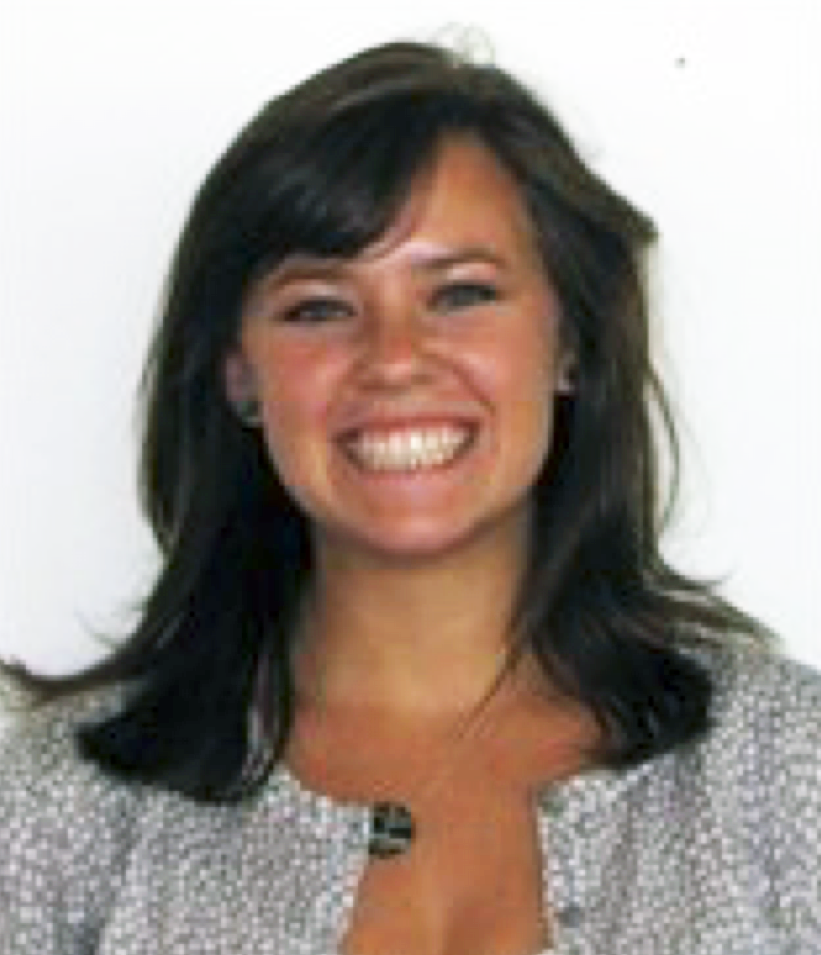 The year was 1979. In a basement in Madison, Wisconsin, an unknown software engineer named Judith Faulkner decided to launch a business. She had a novel idea, but the road ahead was uncertain. Her goal was to develop software that would enable healthcare providers to improve patient care.
The year was 1979. In a basement in Madison, Wisconsin, an unknown software engineer named Judith Faulkner decided to launch a business. She had a novel idea, but the road ahead was uncertain. Her goal was to develop software that would enable healthcare providers to improve patient care.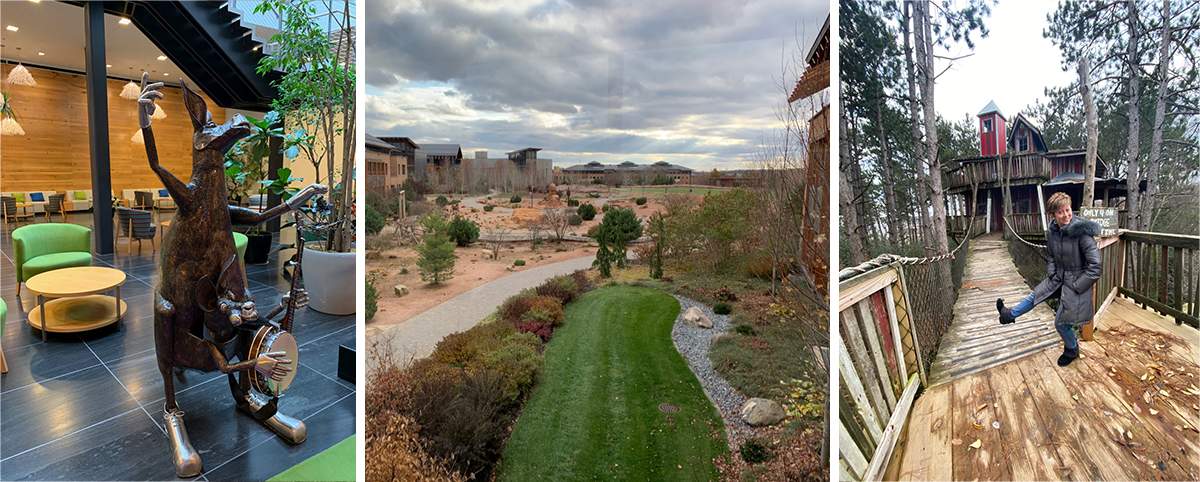

 The sheer face of Half Dome loomed over us. We’d arrived at Yosemite Park just a few weeks after a woman fell to her death summiting the peak. Already wary of heights, I wasn’t sure I should attempt the entire climb, but I decided I would go as far as I could, understanding my own limitations.
The sheer face of Half Dome loomed over us. We’d arrived at Yosemite Park just a few weeks after a woman fell to her death summiting the peak. Already wary of heights, I wasn’t sure I should attempt the entire climb, but I decided I would go as far as I could, understanding my own limitations.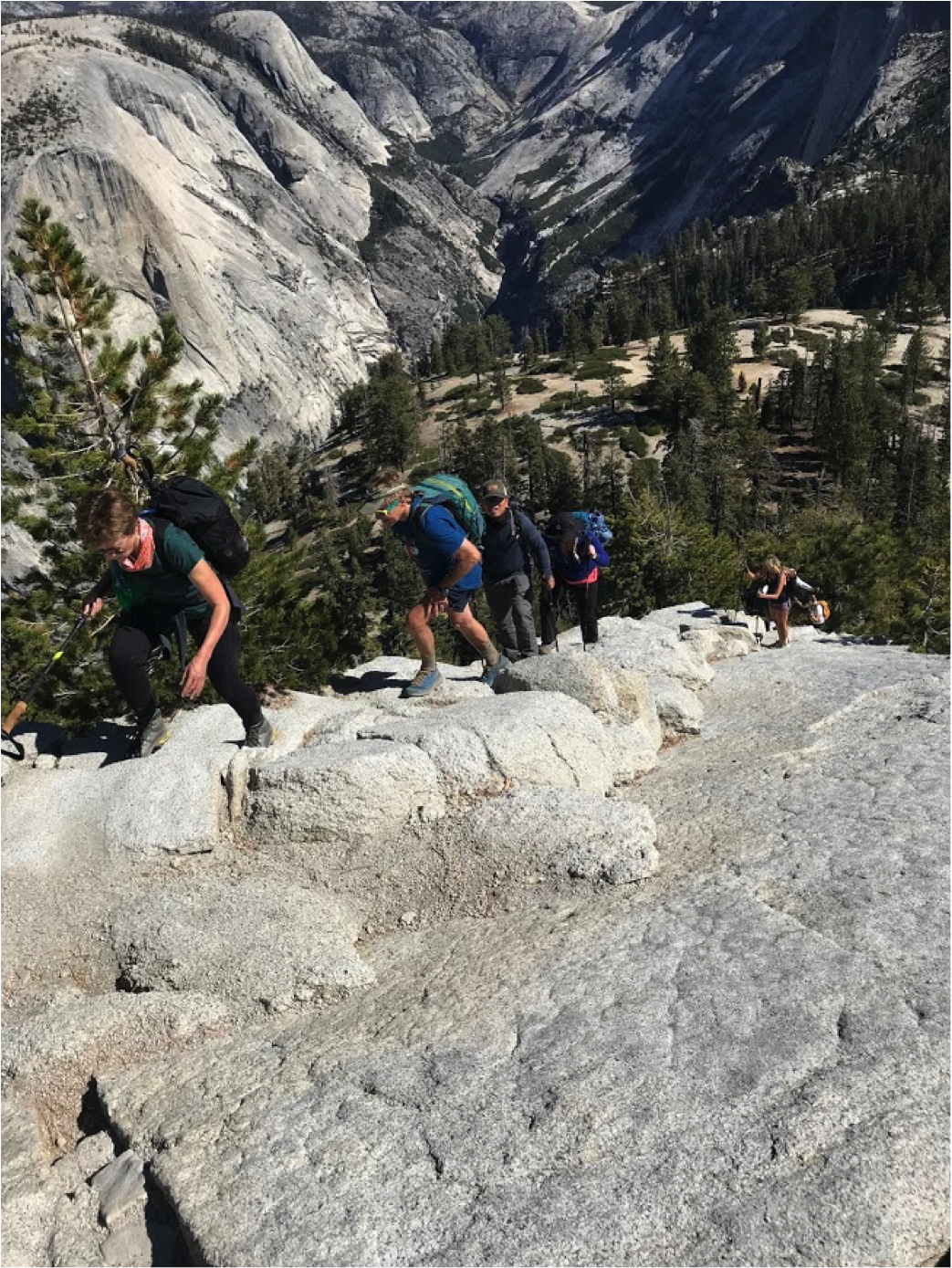 We’d been planning the trip for almost a year, and I’d been inspired by photos taken from Half Dome’s summit. I’d also read about the final 500-foot ascent, which requires climbers to cling to steel cables as they scale the face. Almost 300 people have been injured on Half Dome in the past 15 years, and the National Park Service warns that only experienced hikers should climb it.
We’d been planning the trip for almost a year, and I’d been inspired by photos taken from Half Dome’s summit. I’d also read about the final 500-foot ascent, which requires climbers to cling to steel cables as they scale the face. Almost 300 people have been injured on Half Dome in the past 15 years, and the National Park Service warns that only experienced hikers should climb it.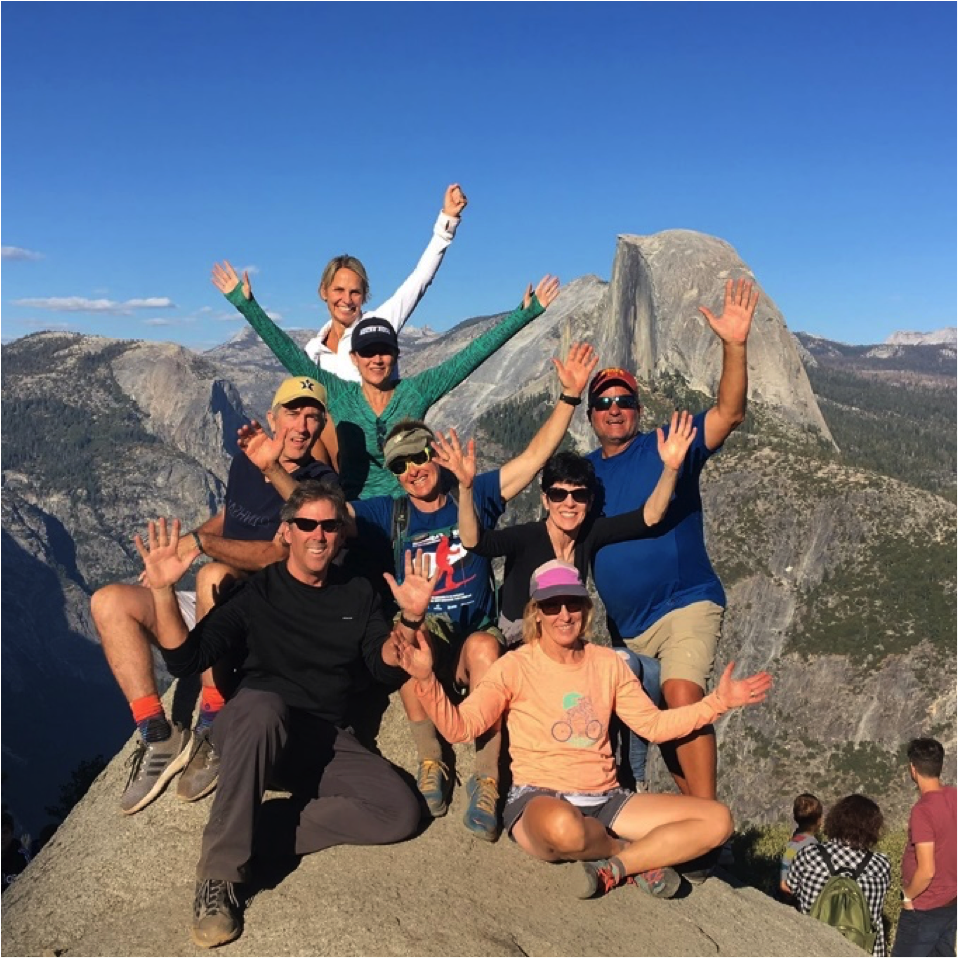 So often, we think of adventures as risky leaps into the unknown. What my trip reminded me was that adventures come in all shapes and sizes, and we can scale them to our needs, resources, skills and conditions. In the end, adventures require equal parts head and heart—what I call “smart courage”—to challenge us without harming us.
So often, we think of adventures as risky leaps into the unknown. What my trip reminded me was that adventures come in all shapes and sizes, and we can scale them to our needs, resources, skills and conditions. In the end, adventures require equal parts head and heart—what I call “smart courage”—to challenge us without harming us. As a team builder and executive coach, I know leaders worry about keeping their workforce motivated. Disengaged employees lower morale and cause productivity to plummet. If the problem persists, it can have serious consequences for the whole organization.
As a team builder and executive coach, I know leaders worry about keeping their workforce motivated. Disengaged employees lower morale and cause productivity to plummet. If the problem persists, it can have serious consequences for the whole organization. A conversation with Layer 10 Consulting
A conversation with Layer 10 Consulting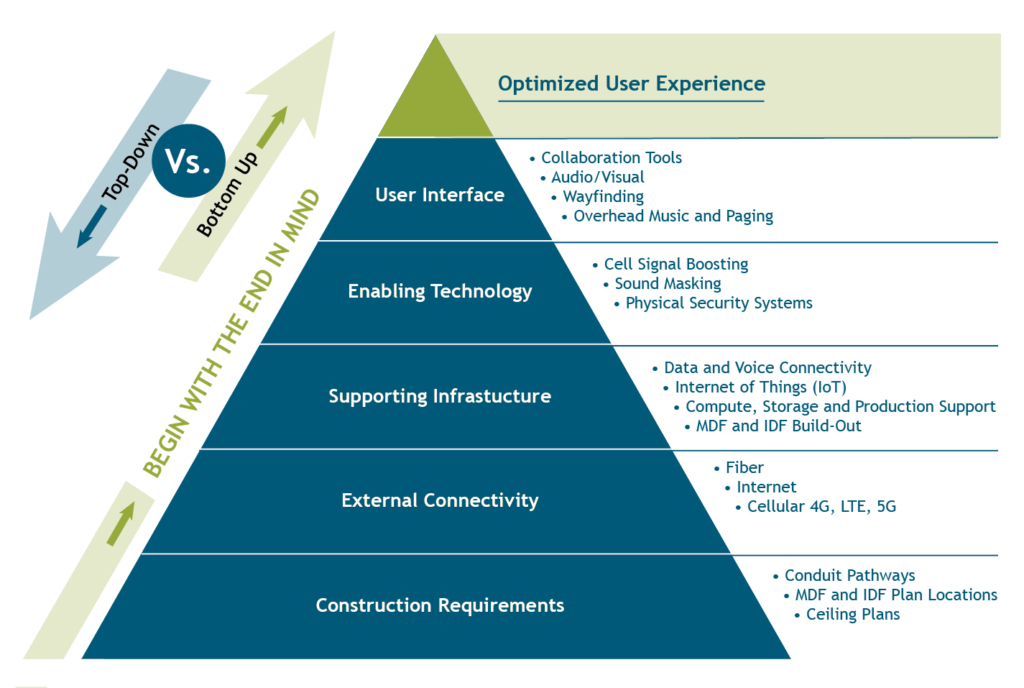 SR: Based on your experience, do you believe technology drives culture change?
SR: Based on your experience, do you believe technology drives culture change?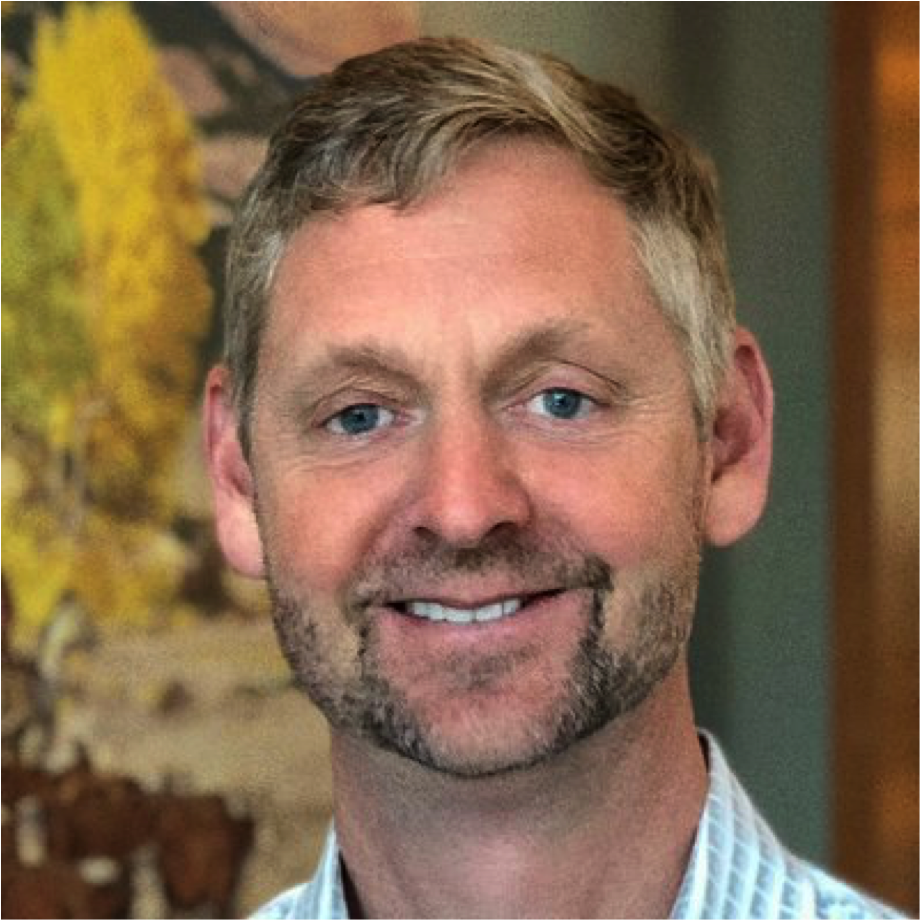 At DaVita, Modupe’s story has special resonance because it speaks to the core purpose of the company, which is to nurture the well-being of the community. This belief is so central that employees, who call themselves “teammates,” refer to their company as a village.
At DaVita, Modupe’s story has special resonance because it speaks to the core purpose of the company, which is to nurture the well-being of the community. This belief is so central that employees, who call themselves “teammates,” refer to their company as a village.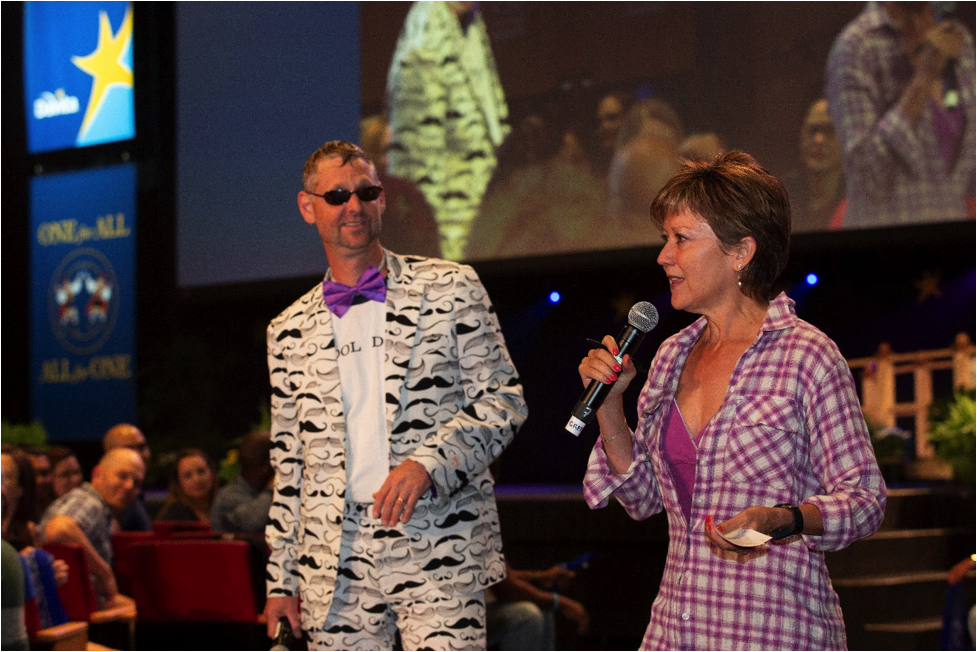

 Deposits in the Village Bank
Deposits in the Village Bank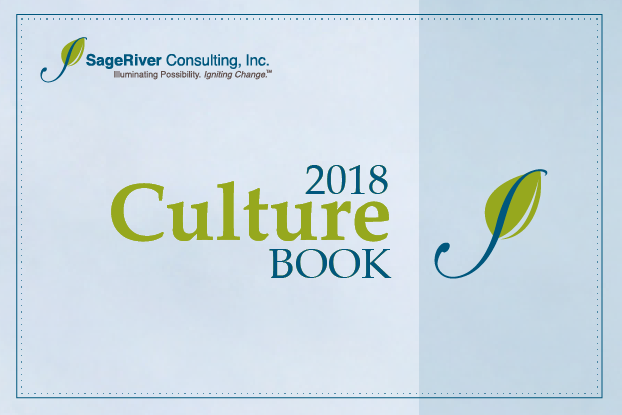 I approach each new consulting engagement with the eye of an anthropologist. I’m listening for business needs, but I’m also looking for signs about the beliefs, values, norms and traditions of the company. I want to understand the company culture, so I can engage and contribute effectively.
I approach each new consulting engagement with the eye of an anthropologist. I’m listening for business needs, but I’m also looking for signs about the beliefs, values, norms and traditions of the company. I want to understand the company culture, so I can engage and contribute effectively.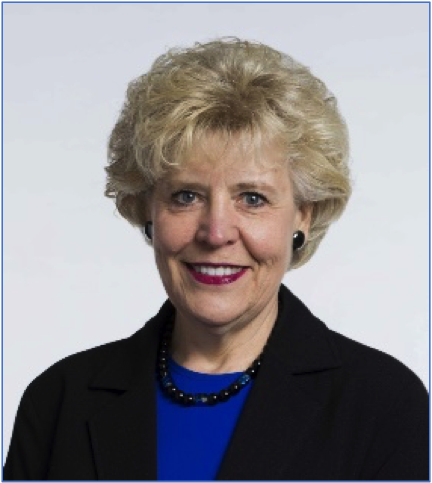 You Say You Want a Revolution
You Say You Want a Revolution
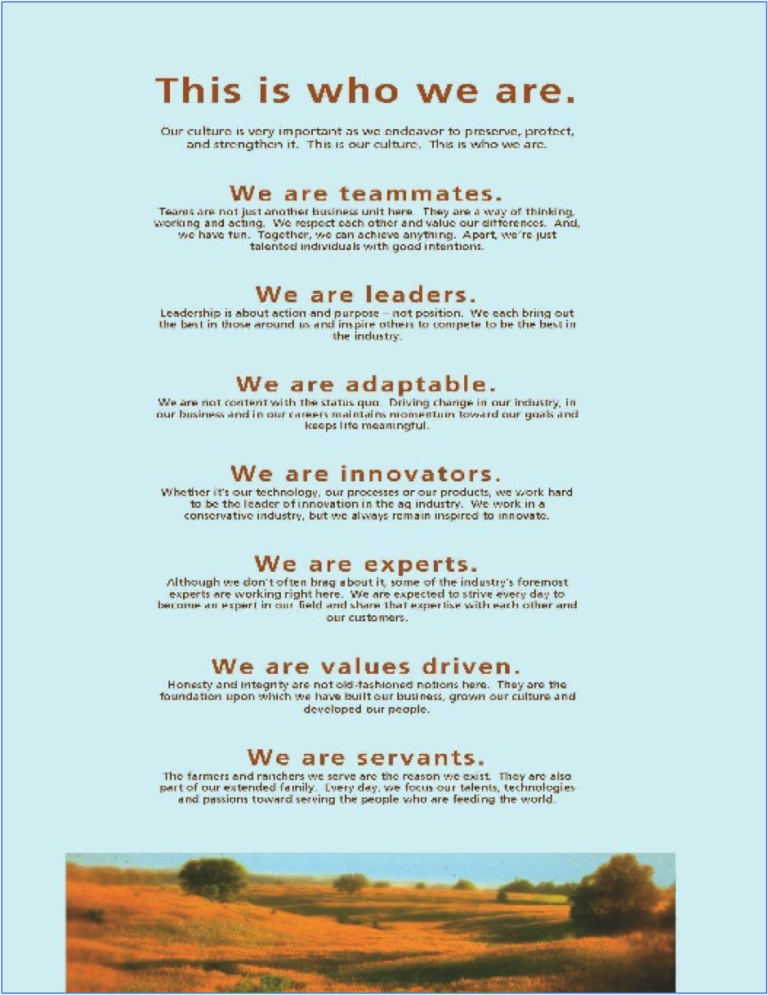 New team members receive what Finkner calls “culture in a box”—literally a box including items that represent aspects of FCSA’s culture. In addition, new hires attend executive-led sessions that explore FCSA values and programs, such as new employee orientation, well-being and leadership development.
New team members receive what Finkner calls “culture in a box”—literally a box including items that represent aspects of FCSA’s culture. In addition, new hires attend executive-led sessions that explore FCSA values and programs, such as new employee orientation, well-being and leadership development.